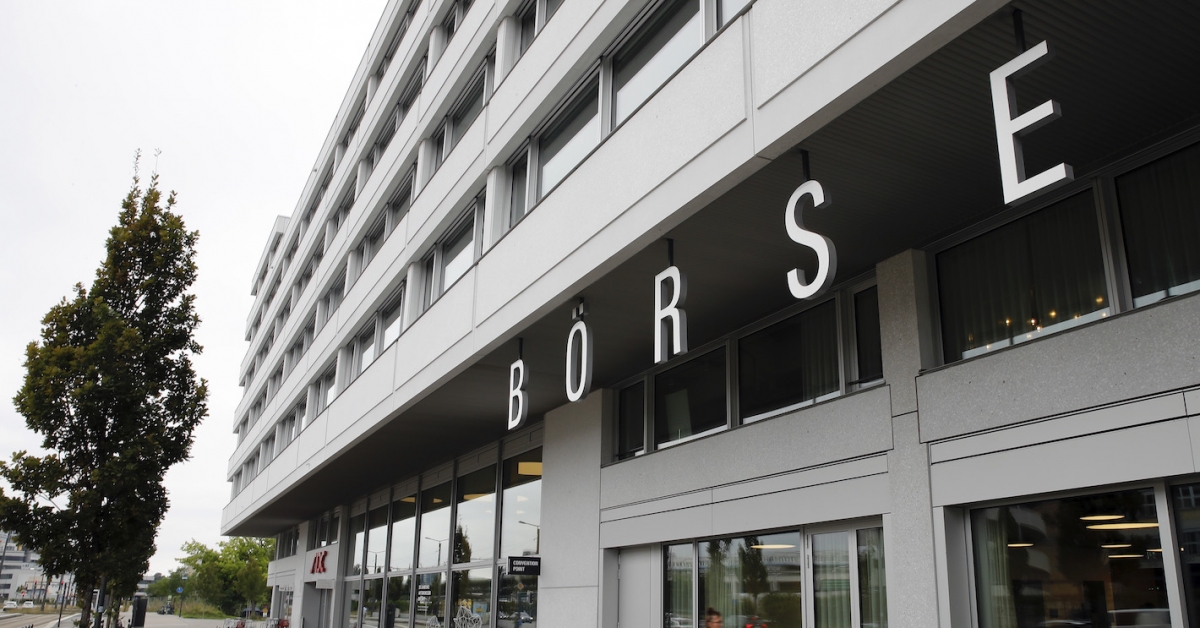Bitcoin’s Mining Difficulty Stagnates as Coronavirus Outbreak Delays New Equipment
Bitcoin miners image via CoinDesk archives
Bitcoin’s Mining Difficulty Stagnates as Coronavirus Outbreak Delays New Equipment
After posting solid gains in January, a key measure of competition among bitcoin miners has stagnated in the past two weeks as the coronavirus outbreak disrupts economic activity in China.
The slowdown in the growth of so-called mining difficulty signals that miners have had to pause upgrading equipment after the epidemic prompted Chinese authorities to impose a quarantine and major mining equipment makers delayed production and shipments.
Mining difficulty – which gauges the effort required to solve math problems in order to win newly created bitcoin – adjusted on Feb. 11 to a level 0.52 percent higher than 14 days earlier, data shows. That’s a significant drop from the growth rates of 4.67 and 7.08 percent, recorded on Jan. 28 and 14, respectively.
Bitcoin is designed for the difficulty to adjust roughly every two weeks, depending on the amount of computing power connected to the network. When more miners join the race to earn newly created bitcoin, the difficulty rises; when miners drop out, the measure eases.

Before the slowdown, miners were bracing for a new reality: their industry was about to become fundamentally less profitable. In May, mining rewards are expected to be cut in half, to around 6.25 bitcoin ($64,000 at current prices) per block, every 10 minutes or so. This would be the third so-called halving in bitcoin’s history and could result in operating costs exceeding revenues at miners.

“Many miners have been phasing out older mining machines and buying new and more powerful models as we get closer to the halving,” said Jason Wu, the co-founder and CEO of crypto lending startup DeFiner. For example, mining farm tenants have started to replace old machines such as Bitmain’s AntMiner S7 and S9 since the second half of 2019, Wu said.
“The outbreak may have delayed the transition and contributed to the slow growth in mining difficulty,” Wu said.
Running older models
Miners now keep running the remaining old machines since a high bitcoin price at the moment (above $10,000 since the weekend) keeps such operations profitable, while waiting for new models to be delivered, according to Wu.
Aside from the availability of new equipment, the virus has affected some miners in a more direct way.
“While most mining farms remain open during the Chinese New Year, there have been incidents where mining farms are shut by local governments due to the outbreak,” said Aries Wang, co-founder and CEO of crypto exchange Bibox.
One mining farm owned by mining pool BTC.top’s CEO Zhuoer Jiang was shut down by the local government in an unnamed area in China, Jiang said on Feb. 4 via the social media network Weibo.

Among the largest crypto exchanges to come out of China, Bibox (now based in Estonia) has invested several million dollars in the mining industry, according to Wang.
“Many investors such as crypto funds and exchanges expect the halving would increase bitcoin price and they are putting their money in mining,” Wang said. “These investors would buy new machines as well as slots and maintenance services from a mining farm, where they can operate the machines.”
Arms-race respite
The situation has given incumbent miners a respite from ever-fiercening competition.
“The slow growth in mining difficulty is good news for existing miners,” said Abe Yang, chief operating officer at PandaMiner, a Shenzhen-based manufacturer and operator of mining farms. “Mining is like an arms race, the slow growth in general mining difficulty means these miners are likely to get higher returns from their mining investment.”
While almost all miner makers have halted production due to the coronavirus outbreak, the low inventory makes new machines even scarcer, Yang said.
“We could have produced more if it were not the stagnant bitcoin price before the Chinese New Year,” which fell on Jan. 25, Yang said. “Furthermore, we did not make any machines during the vacation.”
Although the bitcoin price started to rise after the holiday, there is typically a delay between market price moves and equipment orders, Yang added.
The outbreak already slowed logistics, and the fact that many mining farms are located in isolated, remote areas makes it even harder to deliver the machines to these sites.
A complex equation
To be sure, mining is a complex business and many different variables can influence decisions.
“For each miner, they have their own equation that includes factors beyond the mining difficulty,” Lingxiao Yang, chief operating officer at crypto hedge fund Trade Terminal, said. “A drop in mining difficulty growth does not necessarily lead miners to turn on more mining machines and increase their computing power at a faster pace.”
As some deliveries of new mining machines with higher computing power have been delayed, Yang said one of the options to boost mining power growth is to put older machines back into operation. That might not be in the best interest of some miners.
“The decision on whether to increase hash power faster depends on whether miners can make a profit,” Yang said. “If you consider other factors such as the operating cost, some miners might not have that much to gain by turning on the older machines.”
Many mining farms tend to have a mix of new and older machines as they phase out the older vintages while buying the new ones that are more energy-efficient with higher capacity, Yang said.
The cost of operating a machine is based on factors such as spot electricity price at the moment and how many coins the machine can mine. Many mining farms in Sichuan province rely on hydropower that changes seasonally, leading to differences in the electricity price over time.
When hydropower is harder to come by, some of the farms might go to Xinjiang and Inner Mongolia autonomous regions for coal-fired power plants. Even in the same region, mining farms might agree on different electricity rates with the local government since they negotiate separately.
Another factor that a miner takes into consideration is their expectation for future bitcoin prices. “Miners make revenues by selling the bitcoins they mine,” Yang said. “They could make a profit at a price higher than $10,000, but lose money when the price falls below that.”
Disclosure Read More
The leader in blockchain news, CoinDesk is a media outlet that strives for the highest journalistic standards and abides by a strict set of editorial policies. CoinDesk is an independent operating subsidiary of Digital Currency Group, which invests in cryptocurrencies and blockchain startups.









